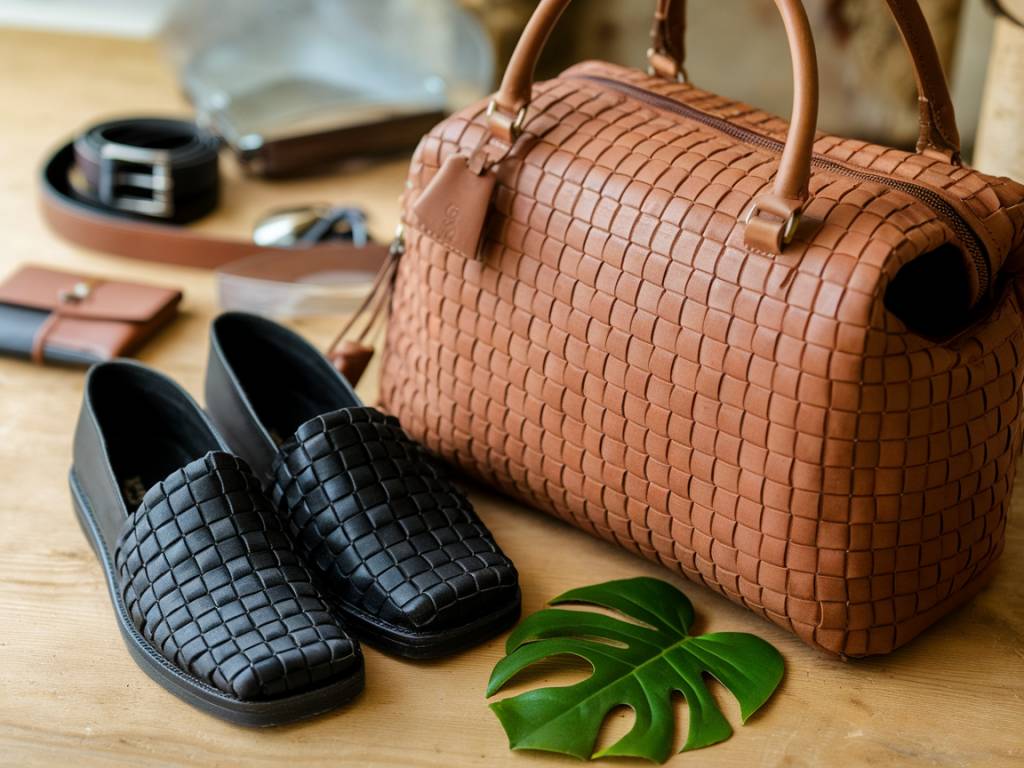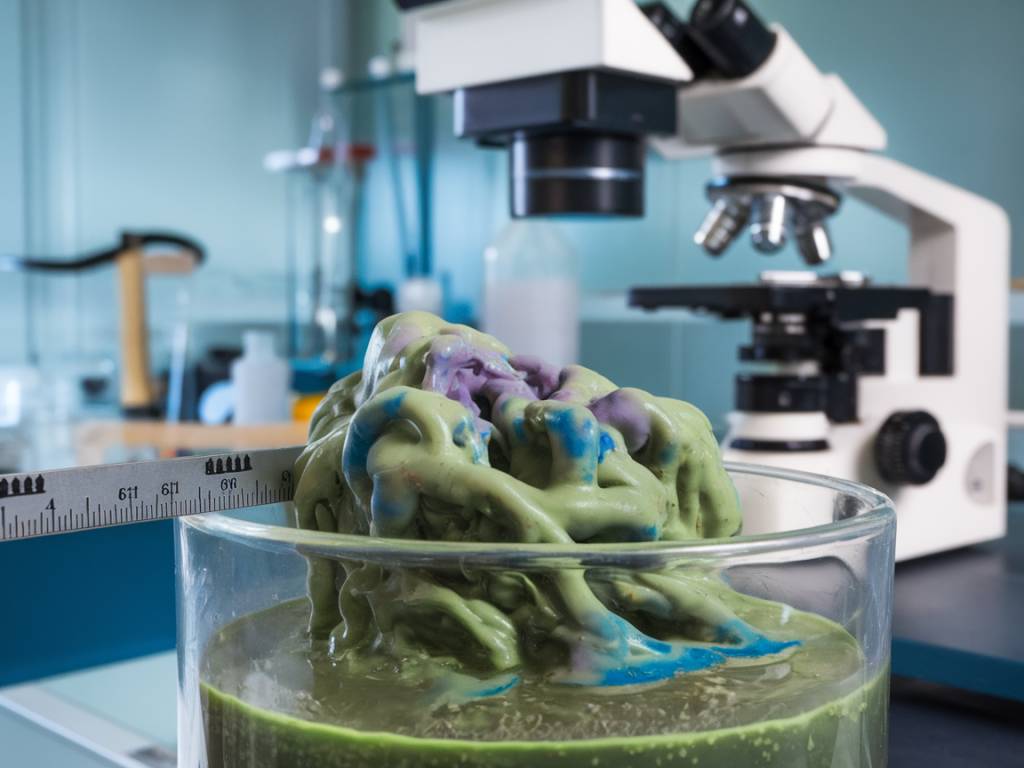The Rise of Plant-Based Leathers
It’s no secret that the fashion industry’s environmental impact has become a flashpoint in the conversation around sustainability. From water-intensive cotton to animal-based leather production, our wardrobes carry hidden costs. But a new class of materials is emerging, promising to revolutionize the way we think about leather — without the cow, without the cruelty, and with a fraction of the carbon footprint. Welcome to the world of plant-based leathers.
Once seen as a niche alternative reserved for vegan designers, plant-based leathers are now riding a wave of innovation, powered by biotech startups, fashion houses, and conscious consumers alike. But how sustainable are these materials really? And can they replace animal leather in performance and aesthetics? Let’s dig into the roots of this green revolution.
Why Ditch Animal Leather?
Traditional leather might evoke images of luxury, durability, and timeless style. But behind the polished surface lies a carbon-heavy, chemically intensive industry. The global leather sector contributes significantly to greenhouse gas emissions, water pollution, and deforestation — particularly due to the livestock industry it depends on.
According to the UN Food and Agriculture Organization, livestock accounts for roughly 14.5% of global greenhouse gas emissions. And tanning — the process that transforms skin into leather — often relies on toxic chemicals like chromium, which can pollute waterways and pose risks to workers and local communities.
In short, leather production isn’t just a byproduct of the meat industry — it’s a major driver of ecological and ethical concerns. That’s where plant-based alternatives step in, offering a more sustainable (and often cruelty-free) path forward.
What Exactly Is Plant-Based Leather?
Plant-based leathers are materials made from renewable biological sources such as fruits, leaves, or plant stems. They are designed to mimic the look, feel, and durability of traditional leather — but without the animal. These materials differ from synthetic leathers like PVC or PU, which are derived from petroleum and pose their own set of environmental problems.
Instead of relying on fossil fuels, plant-based leathers leverage agricultural byproducts and natural polymers, often incorporating biodegradable or circular design principles. Here are some of the standout players leading the charge:
- Pineapple Leather (Piñatex): Developed by Ananas Anam, this material uses fibers from pineapple leaves — a waste product of the fruit industry. Piñatex has gained popularity among ethical fashion brands for its lightweight texture and unique grain.
- Mushroom Leather (Mylo): Made from mycelium, the root-like structure of fungi, this leather alternative has a plush, suede-like feel. It can be grown in a matter of days in vertical farms and requires minimal water and land.
- Apple Leather: Produced from the waste of the juicing industry, apple leather blends dried apple peel with a bio-based resin, resulting in a supple material commonly used in accessories and footwear.
- Cactus Leather (Desserto): Hailing from Mexico, Desserto’s vegan leather is crafted from nopal cactus. Durable and partially biodegradable, it’s already making waves in fashion and auto interiors.
- Grape Leather (Vegea): This one’s for wine lovers — Vegea turns pomace, a winemaking byproduct, into a sleek, flexible textile perfect for handbags or upholstery.
The diversity of sources reflects the strengths of plant-based leather: innovation, resourcefulness, and circular design.
Are These Leathers Truly Sustainable?
This is the million-dollar (or billion-ton CO₂) question. Not all plant-based leathers are created equal. While they generally boast lower carbon footprints than animal or petroleum-based options, the level of sustainability varies widely depending on the sourcing, manufacturing, and lifespan of the product.
For instance, some plant leathers still use polyurethane coatings to enhance durability or water resistance, slightly muddling their eco-credentials. Others are fully compostable or recyclable but may lack the robustness required for long-term use.
That’s why transparency is key. Brands and manufacturers must disclose their material composition, production practices, and end-of-life options. As consumers, asking questions is one of our most powerful tools: Can the product biodegrade? How far did the raw materials travel? Is it designed to last?
Fashion Goes Green — and Mainstream
What was once the realm of avant-garde designers is turning mainstream. Major fashion players from Adidas to Stella McCartney are investing heavily in plant-based alternatives. One high-profile collaboration saw Adidas release Mylo-based versions of their iconic Stan Smith sneaker, while Hermès unveiled a luxury travel bag crafted with mushroom leather.
This pivot isn’t just about ethics — it’s about economics too. A new generation of consumers, especially Gen Z, are demanding accountability and ecological mindfulness from the brands they support. The Business of Fashion reports that sustainable fashion searches have jumped over 75% in the last five years. Innovation, in this case, is driven by market demand as much as environmental necessity.
And let’s not forget the compelling aesthetics. Plant leathers can offer unexpected textures, colors, and patterns that animal leather simply can’t replicate. Imagine your shoes telling the story of an apple orchard or your handbag whispering the tale of a vineyard.
Challenges on the Path to Scaling Up
Despite the promising outlook, plant-based leathers face several hurdles before they can compete pound-for-pound — or stitch-for-stitch — with traditional leather.
- Durability: Some plant leathers still struggle to match the decades-long longevity of animal leathers, especially without synthetic reinforcement.
- Scalability: Producing these materials at a commercial scale requires significant investment, infrastructure, and sourcing consistency.
- Cost: As cutting-edge materials, many plant-based leathers carry a higher price tag — for now.
- Perception: For purists, « real leather » remains the gold standard. Changing mindsets takes time, education, and tangible benefits.
But these are growing pains, not deal-breakers. With increased demand, innovation, and investment, many of these challenges are already being addressed. Some startups are exploring closed-loop systems, while others are developing new, fully compostable binders.
What Should Conscious Consumers Look For?
Navigating the world of sustainable materials can feel overwhelming — but it doesn’t have to be. When eyeing plant-based leather products, here are a few tips to guide your eco-investment:
- Check material composition: Look for labels that specify plant content vs. synthetic additives.
- Review certifications: Materials that are GRS (Global Recycle Standard), OEKO-TEX, or Cradle to Cradle certified offer added environmental credibility.
- Assess durability: Consider your usage. For daily use items like shoes or wallets, seek out reviews or test results regarding wear and tear.
- Think circular: Can the product be repaired, recycled, or composted at the end of its life?
- Support transparent brands: Choose companies that openly share their sourcing, methods, and environmental commitments.
Ultimately, there’s no silver bullet — but every choice adds up. Opting for plant-based leather over traditional leather can significantly reduce your ecological footprint, especially when paired with mindful consumption and quality-first buying habits.
The Future of Ethical Materials
If the last few years have taught us anything, it’s that sustainability can be synonymous with creativity, quality, and even luxury. Plant-based leathers represent more than a material shift — they reflect a broader transformation in how we relate to nature, resources, and the things we wear.
As innovation continues and consumer awareness grows, these materials could become a cornerstone of a greener fashion industry — one leaf, one mushroom, one apple peel at a time.
Perhaps the better question isn’t whether plant-based leathers can replace traditional ones — but whether they’ll set a new standard of what quality, ethics, and beauty truly mean in the 21st century.



